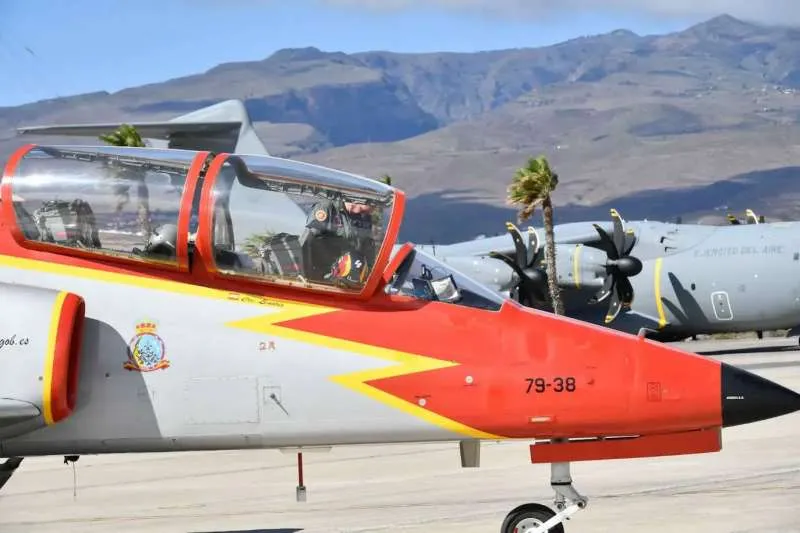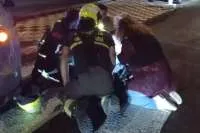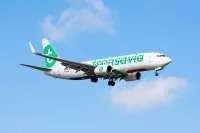Spanish ‘Red Arrows’ team soars into Gran Canaria for spectacular air display
- 28-10-2023
- Gran Canaria
- Canarian Weekly
- Photo Credit: C7 / Aguilas Patrol
This weekend, the capital of Gran Canaria is set to witness a thrilling display of aerobatics that will resonate through the skies, courtesy of the renowned Águila Patrol. The team made an announcement yesterday, Friday, informing that they will be in the Canary Islands tomorrow (Sunday) to commemorate the 110th anniversary of aviation in the archipelago, by performing their world-famous aerial exhibition over Las Palmas.
Over its impressive three-decade history as a symbol of the Spanish Air Force, the Águila Patrol, Spain's equivalent to the Red Arrows, has graced a multitude of national celebrations, and sporting events, showcasing breathtaking aerial manoeuvres and extraordinary acrobatics.
This time, the festivities take centre stage in Las Palmas de Gran Canaria, and the team, donned in their signature red, is among the esteemed guests at the airshow scheduled for this Sunday over Las Canteras beach, starting at 12:00 midday.

Alongside the Águila Patrol, the onlookers can look forward to the participation of select members of the Spanish Air Force Parachute Display Team, adding an extra layer of excitement to the festivities.
The agenda for the 110th aviation anniversary celebration in the Canary Islands starts at 7.30pm tonight (Saturday) when the Air Command Music Unit of the Canary Islands is scheduled to grace the occasion with a live concert at the Plaza Saulo Torón square in Playa de Las Canteras.
Returning to the Canary Islands after a decade, Rafael Marín, one of the seven dedicated members of the Águila Patrol, expressed his delight upon landing, emphasizing their eagerness to reunite with the Canarian audience, saying, "We're like family; you may be far away, but in reality, we're close." Marín confidently assures the people of Gran Canaria that they are in for an unforgettable experience as they bring the 110th Anniversary celebrations of aviation in the islands to a spectacular close.

During the show, the audience can expect to witness daring manoeuvres by the F-101 aircraft. The team has meticulously planned two distinct flight routes, and the selection between them will be determined by prevailing weather conditions.
Rafael Marín shared insights into the complexities of these aerobatic feats, particularly the challenging "negative G" manoeuvres that involve flying the aircraft upside down. He noted, "There's a manoeuvre with several negative Gs that may not look very spectacular from the outside, but it's the one that can most affect the pilot."


























































